Like many people, you probably think that clear skin starts with implementing the right skincare routine.
After all, if you’re diligent in your efforts to remove dirt and oil from your pores, you shouldn’t develop any blemishes at all. Sadly, however, this isn’t always the case. Your facial skin is incredibly sensitive.
More importantly, it’s affected by far more than the products that you use on its surface. If you struggle with frequent breakouts or have residual acne scars, you’re in luck. Following is everything you need to know about how to get clear skin and how to keep your skin clear all of the time.
Determining Your Skin Type for Clear Skin
Skincare products that work for your friends and family members are not guaranteed to work well for you. That’s because everyone has a specific skin type. Some people have excessively oily skin due to overactive sebaceous glands and excess sebum production.
These individuals usually have enlarged pores, and they frequently struggle with whiteheads and other pore blockages.
Others have excessively dry skin. This can lead to cracking, peeling, and discomfort. It can also cause blackhead to form.
That’s because dry skin causes the pores to become tight closed. It also leads to imbalances in oil and sebum production as the body works to compensate for excessive dryness. These natural moisturizers can then get trapped and fester in the pores until small, hard blemishes develop.
If your skin is both oily and dry, you have what is known as combination skin. For instance, you might have excessive moisture at your cheeks, along with the nose, and at the mid-portion of your chin.
Meanwhile, your forehead and jawline could be extremely dry. Purchasing skin care products that are specially formulated for combination skin is essential. These solutions will have the perfect balance of moisturizing agents for balancing your complexion out.
If you have yet to determine your skin type, then the products that you’re using on your face could be largely responsible for any breakouts that you’re currently experiencing.
Dealing With Complexion Issues That Aren’t Acne-Related
It’s also important to note that not all pimple-like blemishes are actually acne. If your face is littered with a rash of tiny white bumps, this may be a sign of irritation. Rather than trying to steam these blemishes or cover them in pore strips, you may want to take another look at the products that you’re using.
Pay attention to how your skin feels when putting different toners, cleansers, or moisturizers on. If it feels raw and irritated, you should discontinue using these products right away. Excessive redness along with tiny raised bumps often indicates an allergic reaction.
3 Things That Every Clear Skin Routine Should Include
Irrespective of your skin type or the current condition of your skin, there are three things that your clear skin routine requires.
Foremost among these is a healthy diet. Bright, beautiful, evenly toned, and blemish-free complexions are often indicative of good eating habits. Fresh, nutrient-dense foods supply both your dermis and your outer skin layers with the antioxidants they need for maintaining their elasticity and their all-around good health.
Fresh fruits and vegetables are rich with phytonutrients that nourish the skin at each and every level. Conversely, a diet that’s filled with unhealthy fats and oils, excess sugar, and too much salt can leave your skin looking greasy, dull, and uneven in texture. One of the best ways to clear a spotty complexion up is to start eating foods that support optimum skin health.
The second thing that your skin needs to look its best is plenty of hydration. Although you might consume a number of beverages throughout the day, many of the most popular drinks actually dry the skin out rather than nourish it.
For instance, coffee, tea, energy drinks, and sodas can contain significant amounts of caffeine. Given that caffeine is a natural diuretic, it actually diminishes your hydration levels, rather than restores them.
Drinking plenty of water is important for your skin for a variety of reasons. Not only does good hydration leave your skin feeling soft and supple, but it also helps the body cleanse itself. As the body’s largest organ, your skin is a major avenue for detoxification.
Drinking water ensures that the majority of toxins are flushed out via the urine, rather than excreted through the face. Although this is a controversial and constantly contested idea, it’s no secret that the body stores many collected toxins in dead skin cells for elimination. This is a highly efficient way of getting rid of unwanted baggage given that dead skin cells will eventually be shed.
This leads us to the third thing that your clear skin routine requires. This is exfoliation. Exfoliation is any effort to gently abrade away dead cells at the topmost layer of your skin. When done properly, routine exfoliation will leave your visage looking brighter, smoother, and more even in tone.
It will additionally prevent minor pore blockages by ensuring that excess oils and sebum have clear pathways out.
What Not to Do When You’re Trying To Clear Your Skin Up
When acne breakouts are at their worst, many people are tempted to scrub their faces vigorously.
This is due in large part to the widely circulated myth that acne-prone skin is dirty skin. The delicate nature of your facial skin cannot be stressed enough. If you are too rough when cleansing it, your skin will likely respond in an adverse way. Thus, never use excessively rough cleansing tools, even when attempting to slough away dead skin cells and other surface debris. For proper exfoliation, a soft, facial cleansing brush should do the trick.
You should also avoid using hot water on your face. Rather than being a single, solid sheath, your skin is composed of numerous layers. Extremely hot water causes significant damages to the topmost layers of the skin.
Moreover, this damage can cause your pores to become blocked and may make new pimples appear. Always wash your face with warm water and a gentle yet effective cleanser and cleansing tool. When rinsing your face, use cool water. This closes and tightens the pores so that they aren’t left open to collect new debris.
Harsh cleansing agents are also something that you should steer clear of. Although rubbing alcohol can certainly kill the bacteria that’s responsible for blemishes, it will also damage the good bacteria that exists to support skin health.
Moreover, just as hot water can damage the topmost layers of your skin, excessively harsh chemicals can do the same. If you’ve been using a homemade toner or simply applying low-cost rubbing alcohol to your visage, any resulting breakouts can be avoided by choosing milder and specially formulated toners instead.
How To Get Clear Skin In Four Easy Steps
People who struggle with acne often use the term “bad skin” to define their complexions. The idea is that those who live entirely blemish-free have naturally better skin than they do. In reality, most people with acne simply haven’t found the source of their skin irritation and dealt with it properly.
They might be over-cleaning their skin, exposing it to the wrong temperatures or chemicals, failing to eat the right foods, not getting enough water, or simply neglecting to identify and address non-acne-related skin irritation or other health issues.
No matter how blemish-prone your skin may be, you still have good skin.
If you want to know how to get clear skin and keep it that way, you have to start with a positive attitude. Your skin is an amazing, protective covering that keeps you safe from outside organisms.
Blemishes and breakouts always have an underlying cause. You just need to find out what this cause is and deal with it. In this sense, having acne can actually be beneficial. This is one clear sign that your skin and possibly your entire body is in a state of distress. When you see your skin breaking out, you can make the appropriate lifestyle or skincare changes in order to better meet your body’s needs.
Unfortunately, it may take months or even years of trial and error before you discover exactly what works and doesn’t work for your complexion. Worse still, you may find products that work perfectly at clearing your skin up, only for these same products to suddenly stop working.
There can even be instances in which effective skincare products are without warning, reformulated by the companies that make them. The path to clear skin isn’t always easy, but once you discover the right products and skincare methods for your needs, your life and your confidence will significantly improve.
The first step in good skin care is to determine your skin type. You may be able to easily identify this on your own. People with oily skin can simply touch their cheeks or noses and come away with shiny fingertips that are coated in an abundance of skin oils.
People with dry skin find that their faces always feel tight and stiff. No matter how much moisturizer they apply, additional moisture is always needed. Identifying combination skin, however, is sometimes a bit more tricky. When self-examination fails, consider consulting with a dermatologist or aesthetician.
Next, invest in skincare that is streamlined for meeting your unique needs. Don’t skimp on this particular aspect of your beauty routine. Paying more for high-quality products that are rich with pure, potent, and needs-specific ingredients will definitely prove worthwhile. Look for coordinating skincare products that come from well-rated skincare manufacturers and systems.
When reading through the different items that any skincare product contains, pay attention to both active and inactive ingredients. While active ingredients are intended to provide the most benefits, inactive ones can still have an impact on how your face feels and looks. In fact, when it comes to skincare products that cause mild to moderate skin irritation, low-quality inactive ingredients are often the culprit.
Your skin routine should include a mild face wash that can be used with lukewarm water. Always be sure to rinse all soap residues away before drying or moisturizing. Perform your final rinse with cold water to close your pores, stimulate blood flow, and brighten your complexion.
Next, apply a mild toner to eliminate harmful surface bacteria and further tighten your pores. You can finish with a lightweight moisturizer that’s designed to restore your skin’s pH balance, and that leaves it feeling supple and soft.
Mild exfoliation is something that you can do when washing your face or just after. Keep in mind, however, that facial exfoliation should be done just once or twice each week and not every day.
The fourth thing that your skincare routine requires is good internal health. Eat for the well-being of your skin. Drink plenty of water and avoid foods that contain excess sugar and salt or unhealthy trans fats.
Although potato chips and french fries taste good, they could leave your skin looking oily and less than it’s best. Applying high-quality topical skincare solutions is guaranteed to be beneficial. However, you’ll always get the best results when working on improving your skin from the inside as well.
To Pop Or Not Pop Your Pimples?
One of the most common mistakes that people make in their pursuit of acne-free skin is to aggressively pop their pimples. Remember, your skin’s primary job is to protect your body from invading outside organisms.
Everywhere that your skin is broken is an opportunity for new germs to come in. If you suffer from acne, try to avoid touching your face or letting others touch your face as best as you can. Squeezing, poking, and prodding blemishes will only leave them looking larger and more irritated.
If you have an extremely sore pimple that simply must be popped, use two cotton swabs to gently apply pressure on each side of the pimple. Once the pimple ruptures, clean your skin and use a mild toning agent to eliminate any residual bacteria.
Non-Invasive Cosmetic Treatments For Promoting Clear Skin
There may be times when effectively cleaning or clearing your skin is beyond your means. The good news is that there are many non-invasive treatments that have the ability to reduce blemishes, prevent future breakouts, and diminish the appearance of mild to moderate acne scars. Among these are:
- Chemical peels
- Micro-dermabrasion
- Micro-needling
- Professional facials
If you’ve tried countless skin care strategies and still struggle with frustrating breakouts of blackheads, whiteheads, or even cystic acne, schedule an appointment with your dermatologist or at a local skincare spa. A professional can assist you in better defining your skincare needs. Treatments like those mentioned above will clear your pores, eliminate dull, dead skin, and gradually resurface your complexion for better overall texture and tone.
Patience is important. You’re not likely to reach your cosmetic goals overnight. However, if you’re diligent in your efforts to find and use needs-specific products, and if you do your best to gently and effectively care for your skin both internally and topically, you’re sure to see marked improvements within just a matter of weeks or months.

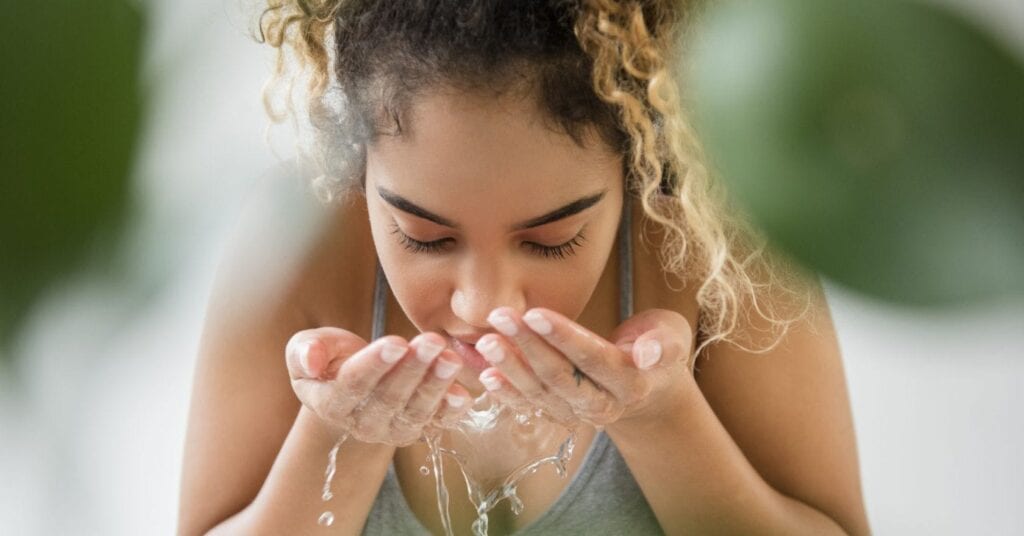
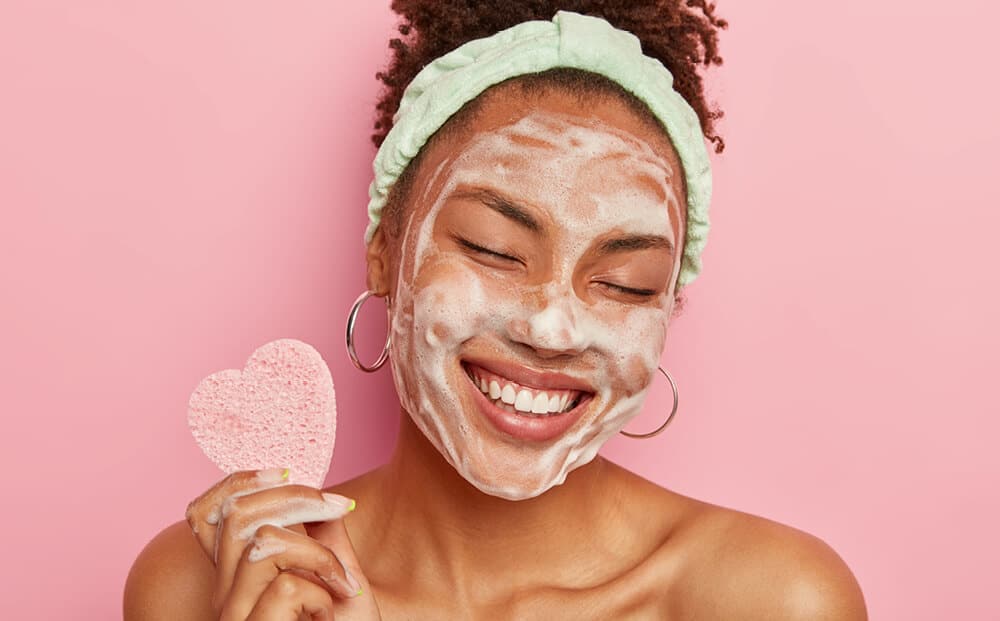

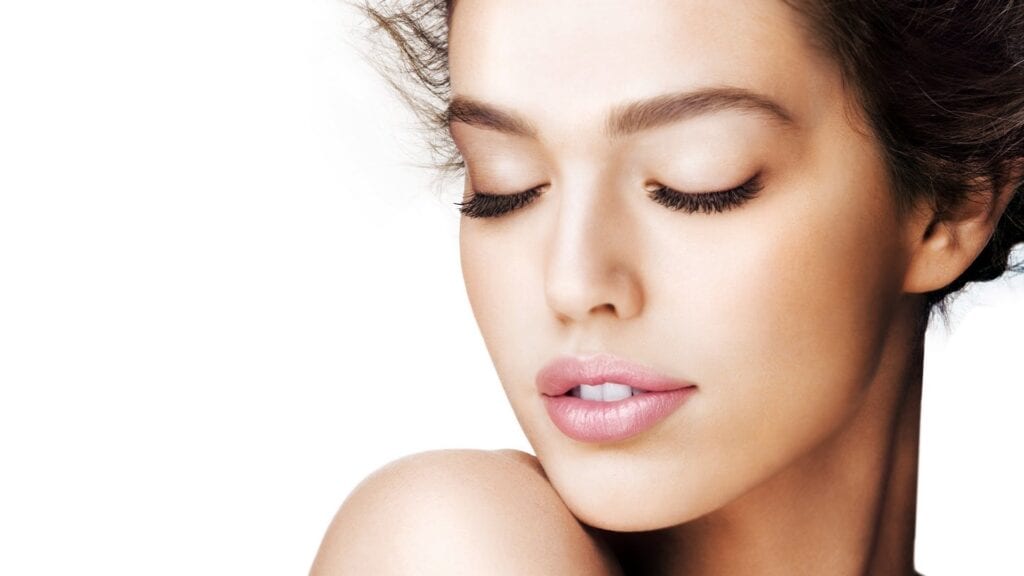
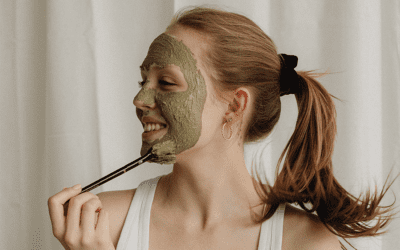


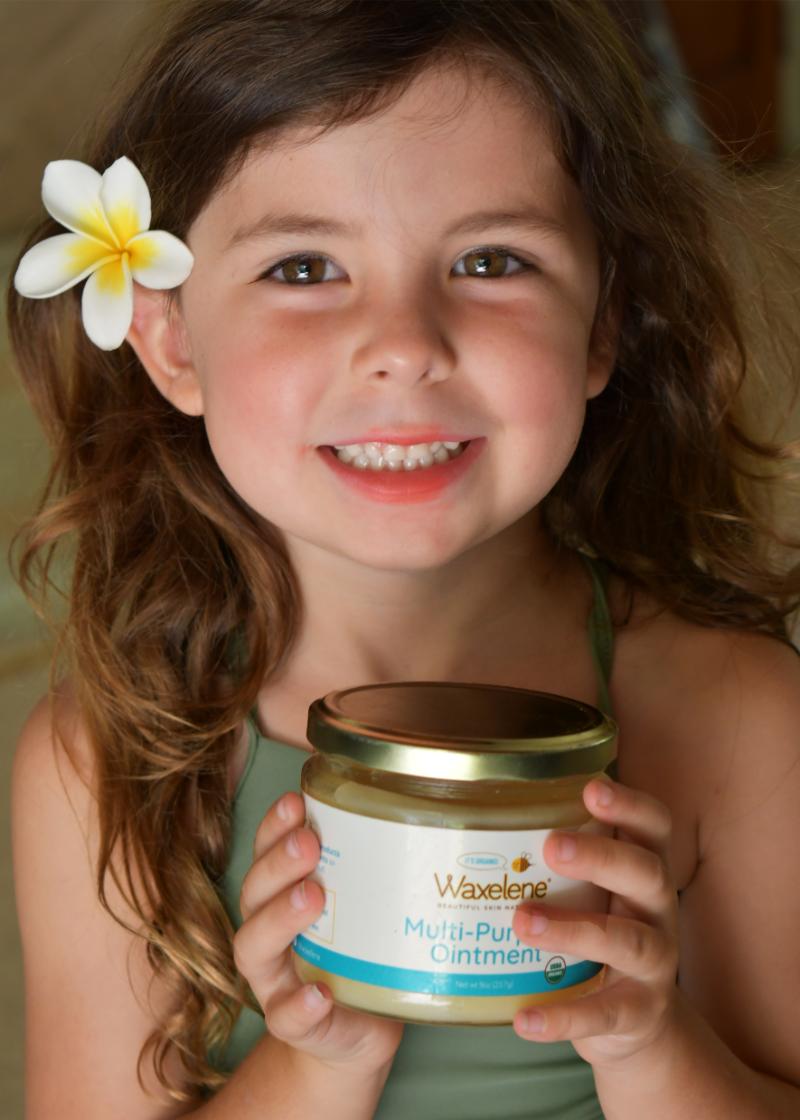
0 Comments